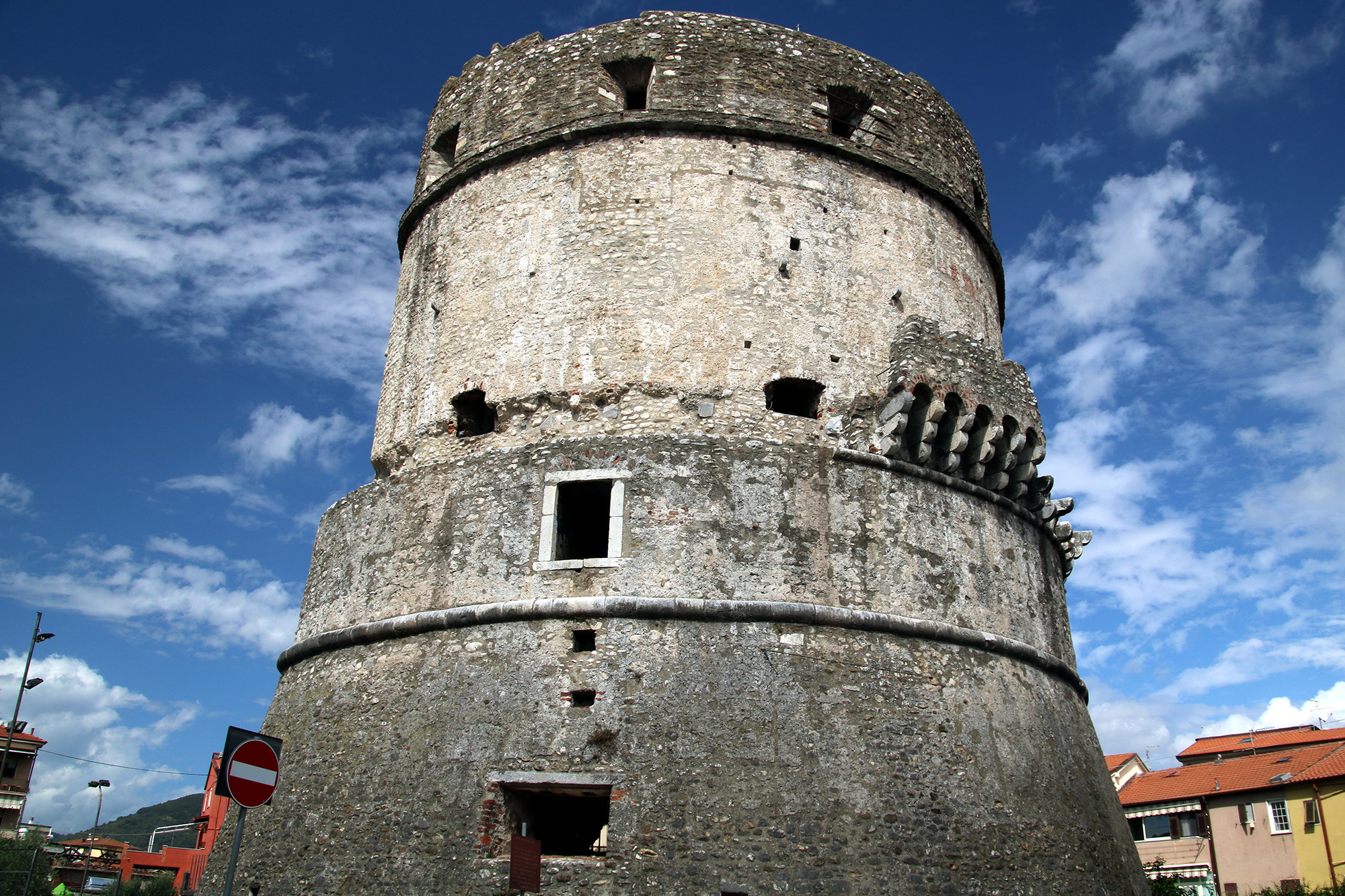
How to reach
Avenza, dominated by the imposing ruins of its fortress, rises in the commune of Carrara. It is reacheable, from Florence, following the Motoway A11 Firenze-Mare until the connection with the A12 Livorno-Genova. Exit at 'Massa' and following the indications for Marina di Massa we reach our destination after approximately 4 kilometers.
History
The origins of Avenza are lost in the night of time. The name took its origin from the one of the rivers on which it lies, the 'Flumen Aventia', that we can also find on the 'Tabula Peutingeriana' (famous ancient road map of the late Roman era, today conserved in Vienna), of Celtic-Ligurian origin [A-enza = at the river]. Archaeological traces of the Roman age have been found in the 18th century and recently in the adjacent zone of Nazzano. The first written memory of this settlement dates back to 950 d.C.
Its optimal position along the ancient Via Aemilia Scauri (then called 'Romea' or 'Francigena '), and nearby the Tyrrheanian Sea, only about 3 Km far from the ancient city of Luni, the city known a great development in the Middle Ages: like center for the export of marble and a trading port for various goods and cattle. In the 13th century Avenza became part of the Vicariage of Carrara; the town was encircled by fortified walls, and its military strategic importance grew. Its castle, built leaning against the city walls, was strengthened in the successive centuries: in the 14th century by Castruccio Castracani, Lord of Lucca, and in 15th by the powerful family of the Marquises Malaspina. In the second half of 1500 Alberico Cybo Malaspina drained the surroundings and restructured all the fortifications. In 1848, the inhabitants of Avenza tried to get independence from the commune of Carrara, attempt was repeated many times, always without success.
Of the fortress, only the great tower survives today. It is attributed to the works carried on by Castruccio Castracani; its shape is the result of a series of rebuildings and additions made to the ancient castle operated during the 15th, 16th and 17th centuries to withstand the new fire arms. After the unity of Italy the fortress was sold from the Italian State to private owners in order to be used as a stone quarry, and in 1883 only the intervention of the German historian Theodor Momsen saved it from total destruction. Before its 'scientific disassemmbly' it was formed by three great round and a quadrangular towers. In 1859 the opening of a new road separated the fortress from the other main part of the castle complex, the so-called 'Casino del Principe', a sixteenth-century fortified manor joined together with one of the angle towers of the town walls. It still exist today, although deeply altered, and on its facade can be seen an headstone coming from the castle chapel. Other remnants of the fortifications are the gate upstream the village and fragments of the town-walls.
More info & notes
Photo of Mongolo1984 - Opera propria, CC BY-SA 4.0, Collegamento